How I Almost Owned A Trout Stream
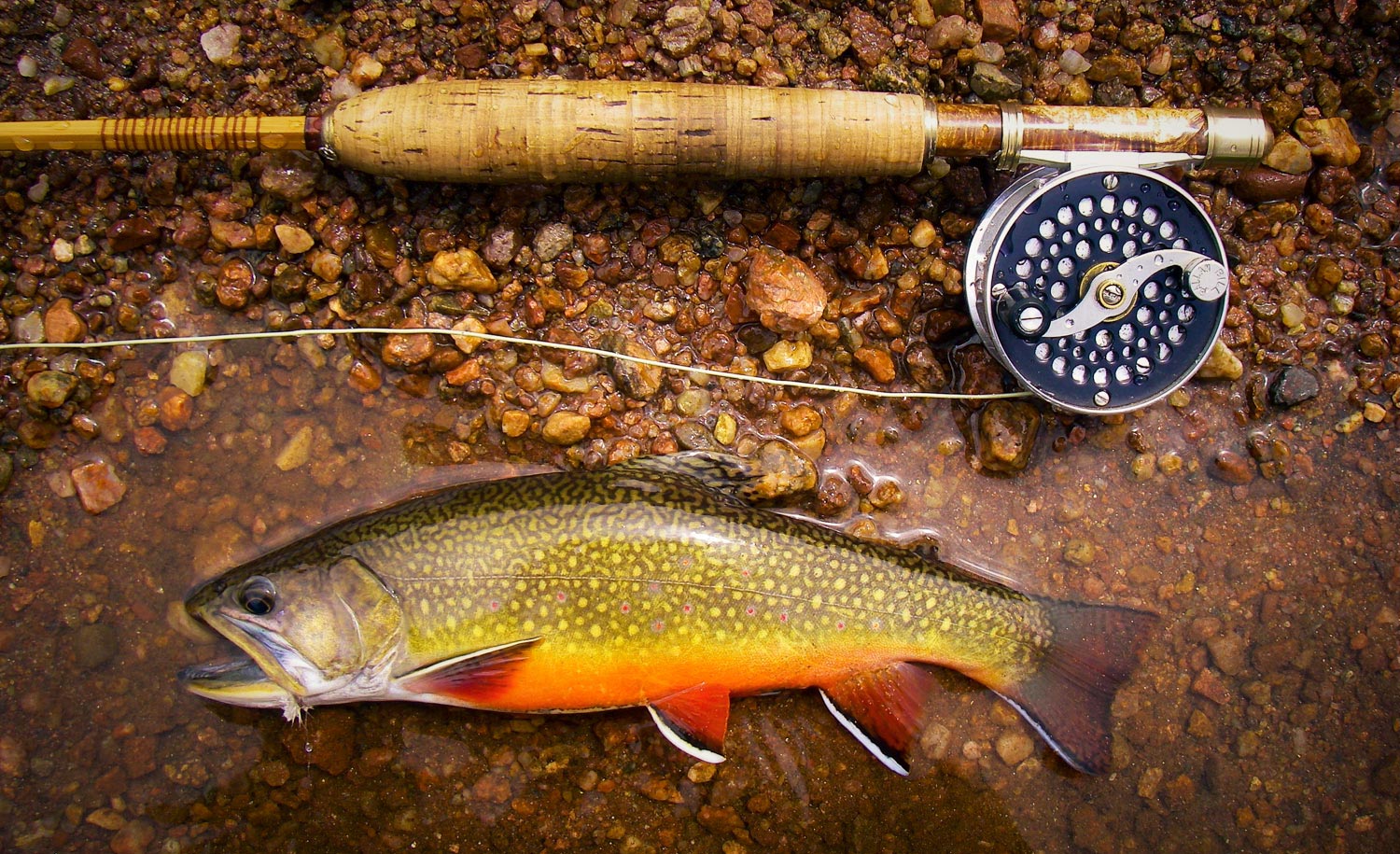
By Jon Tobey
NOW THAT THEY ARE SELLING IT, I CAN FINALLY TELL THE STORY OF WILLIAMSTOWN GULF.
When my dad was in high school, he and his 3 best friends bought a trout stream. I know it sounds like something out of Trout Fishing in America, but they really did. Can you imagine, getting out of school and heading out to your own trout stream, as a teenager, to fish with your best friends? Somehow, that story makes me feel like I really got my priorities completely wrong at a very early age. I didn’t even own a fly rod until I was 40, but I heard about this stream my whole life and finally one day when I was home I asked if I could go fish it. They’ve been stocking if for years even though nobody has fished it for 20 and my dad had to call his one surviving friend to get directions to it. It’s a little creek that becomes a tributary of the White River.
When we finally got there it was in an incredibly dense and verdant valley, but unfortunately the stream had been beaverized, with dams about every 100′ on it and a lush swamp in the resulting river bottom. I had to walk through a very dense swamp to get to it and I was a little nervous because it was filled with moose tracks and from what I’ve heard you would rather run into a bear than a moose. When I finally got to the stream it was about 8′ across, and beneath the dams almost that deep. In the crystal cold water there I could see the fry, every pool holding hundreds and knowing what cannibals trout, especially brook trout, are I imagined each stretch must hold one lunker or so. I mean 20 years….
Read More »10 Tips For Powering Your Fly Cast
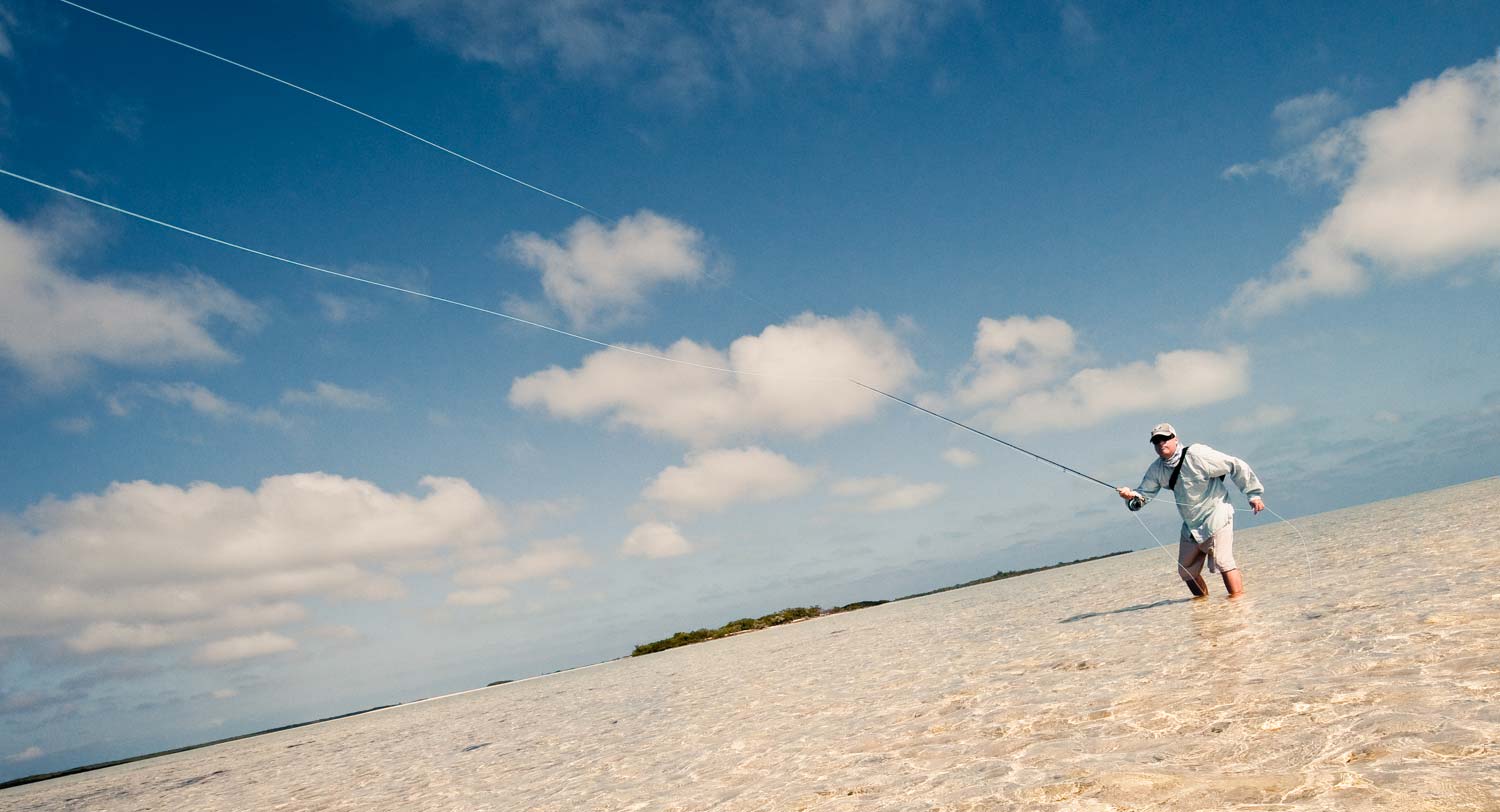
By Louis Cahill
A powerful fly cast is about technique and timing, not power and speed.
That statement is often repeated, and it reminds me of something we used to say in martial arts. “Size and strength don’t matter…unless the other guy is bigger and stronger than you.”
In my experience, there isn’t one answer for every angler. Some folks use too much power and not enough technique, and others seem afraid of the rod and lack any kind of physicality. It does not take a lot of physical strength to make a good fly cast, but it is an athletic endeavor and requires a degree of physical prowess, or at least confidence.
I like the comparison of the casting stroke and using a hammer. I like it because it explains the smooth application of power and the abrupt stop, but also because it captures the idea of the appropriate use of power. You don’t pick away at a nail as if you had all day to drive it home. You also don’t wail away as hard as you can swing, hitting everything in arm’s reach. You use the right amount of power for the job. A gentle tap for a tack (read 3 weight), and a manly swing for a spike (12 weight).
That said, technique always trumps power, and the skilled caster blends the two to make tight energized loops and control his line to make the best presentation.
Bend the rod
The most fundamental part of making a fly cast is loading the rod. Put very simply, loading the rod is putting a bend in it. The action of a bent rod straightening is what casts the line, not the motion of your arm. It’s much more like shooting a slingshot that throwing a baseball.
When I’m working with an angler who is struggling to load their rod, I like to have them hold the rod in front of them with two hands, one hand on the grip and the other near the stripping guide. Then I ask them to bend the rod. The natural reaction is to put their thumbs on the shaft and press away.
That’s exactly what should be happening when you cast. The only difference is that the hand near the stripping guide is replaced by the weight of the line. The thumb presses forward in a straight line, like driving a thumbtack into the wall. When the bent rod stops, the recoil of the rod sends the line like the rubber bands of the slingshot.
Accelerate the stroke
If you ever feel like you should be casting “harder,” too little acceleration is likely your problem. I see a lot of anglers who get no power in their cast because their casting stroke is all the same speed.
Read More »Sunday Classic / Bruce Chard Ties The Gnarly Bandit
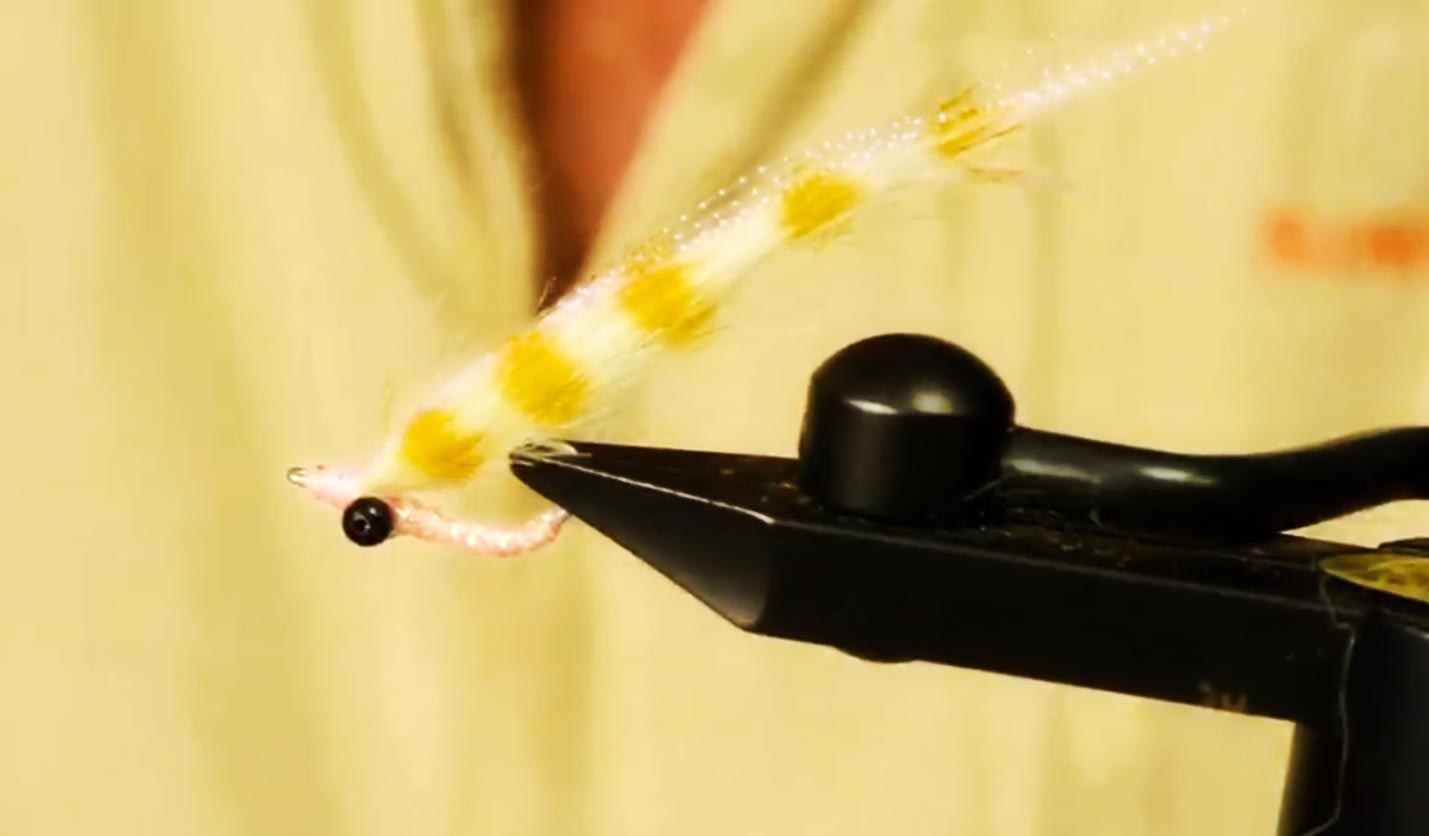
SIMPLE IS OFTEN BEST.
Our good friend Captain Bruce Chard is back today to prove it. Fishing guides need effective flies that will put their clients on fish but don’t take hours to tie. Bruce calls these kind of flies,”guide flies.” These flies have all of the elements that attract fish in a simple recipe so you can knock out a dozen of them without breaking a sweat. I love guide flies and I fish a lot of them.
The Gnarly Bandit is a classic. I can’t tell you how many bonefish I have caught on this fly. It’s a simple fly but there are a few elements you need to get right. In this video Bruce goes step by step and explains the details that make the difference.
Watch the video and learn to tie The Gnarly Bandit.
Read More »Saturday Shoutout / Fish It Well
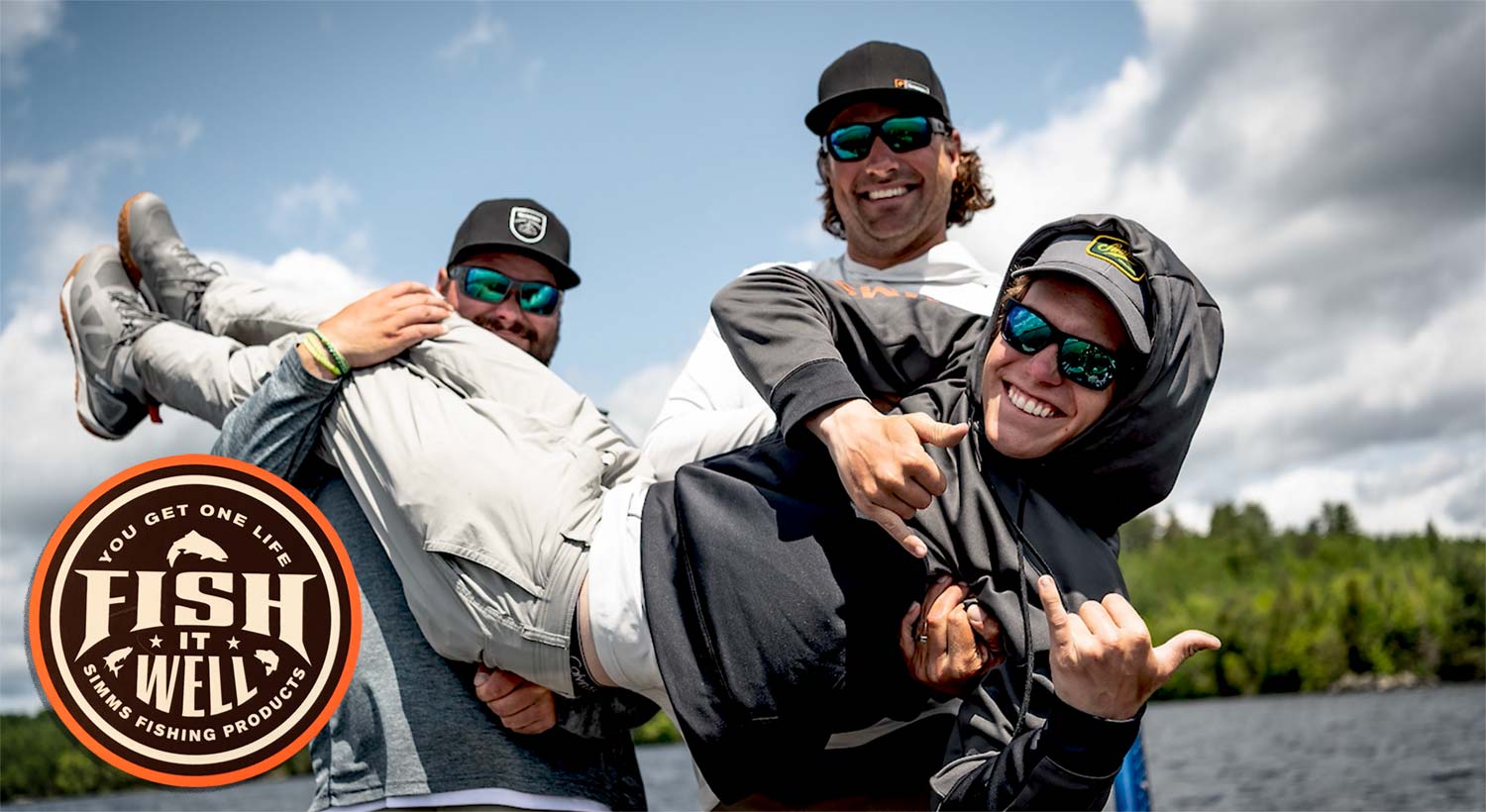
By Justin Pickett
We are all responsible for the memories we make.
We are the cast, the director, and the costume designer in an ongoing film where we write our own individualized scripts and ad lib as the cameras of life roll on. There are some things we don’t have control over. There will be instances of triumph, and, inevitably, there will be times of pain. Jobs. Love. Failures. Money…. All things that come and go. Well, except for that money thing…. It just seems to go. Life is a crazy ride full of ups and downs, but for an angler, like you and like myself, one thing will always remain constant. Fishing.
We only get one go at life, and our friends at Simms have come up with a great way to remind us that we need to enjoy our time here while we have it. And, for fly freaks like you and I, that means cramming in as much time on the water as possible! So to all you fly freaks out there….
YOU GET ONE LIFE, FISH IT WELL! CHECK OUT THE VIDEO.
Read More »Louis’s Saltwater Casting Drill

There’s no debate, practicing your casting makes you a more effective angler.
But all practice is not created equal. Simply heading down to the park and hucking as much line as possible doesn’t accomplish much. A while back we published a practice routine recommended by Tim Rajeff. If you haven’t seen that video, you should check it out. Any angler can benefit from Tim’s practice plan.
Today I’m going to add my own casting drill. This is a saltwater specific drill that works on a couple of techniques commonly used in saltwater fly fishing. It simulates making three presentations to a moving fish and it requires several tasks at once.
I lay out 3 hula-hoops in a line. The first at 40 feet, the next at 60 feet and the last at 80 feet. If you can’t cast 80 feet just shorten the gaps and work with the cast you have. I then step to the side so the three rings appear as a diagonal line. Starting in my ready position, I cast to the first ring, then pick up the line and cast to the second ring, and then the third. I do all of this with no false casting.
Don’t stress out about hitting the center of the rings. Your accuracy will improve with practice. Work on making the presentations efficiently without false casting, by shooting your line to the target. Pick the line up slow and smooth so your fly will not make noise and spook the fish. Work on making the three casts as quickly and accurately as possible.
I like this drill because it teaches several techniques in a realistic fishing scenario. If you can hit those three targets quietly in 10 seconds or less you’re going to do well on the water. It’s easier than it sounds. Just stay focused and keep practicing.
For the gear-heads, I’m casting the new
Read More »The Green River Below Flaming Gorge Is Where They Coined The Word Epic
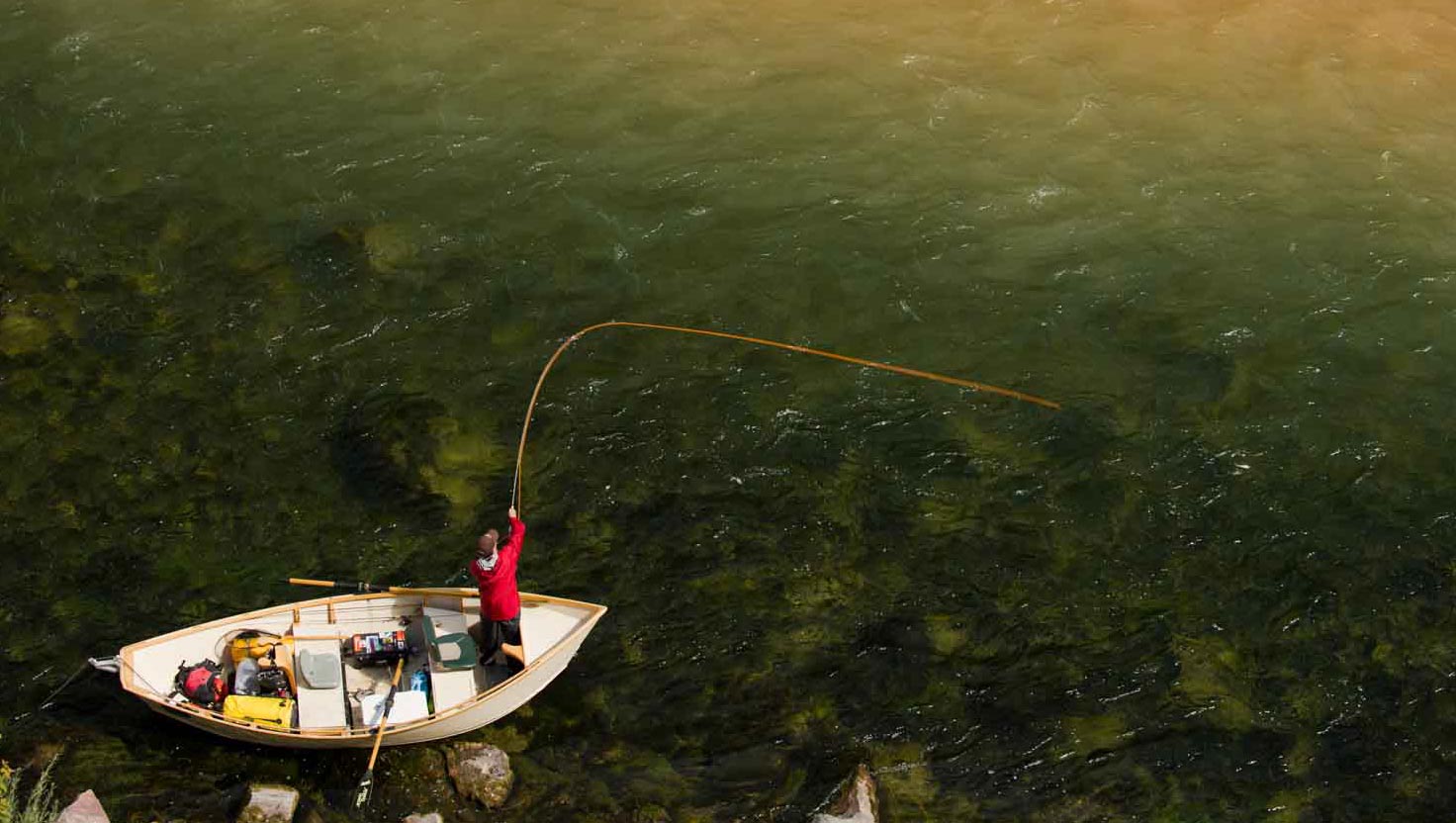
If you have never fished the Green River below Flaming Gorge, its time to check it out.
Located in the northeast corner of Utah, the Green River is one of the premier tailwaters in the country. The river flows through a beautiful red rock canyon with towering cliffs suspended high above the water and with close to 13,000 fish per mile its hard to have a bad day. The Green is best appreciated from a boat, but wade fisherman can also equally enjoy the river from the shore. There are three main sections of this tailwater. The A, B and C sections are separated by mere miles, but can fish very different depending on the time of year and Ill go through each section independently.
THE A SECTION.
At 7 miles in length this is a true tailwater, with consistent flows and gin clear cold water, bug life is a little limited in its diversity but the fish are always active. Midges, Baetis and Caddis are the primary insects but due to the arid climate, there are always a plethora of terrestrials in the summer. The Baetis hatches in the spring is both world famous and frustrating at the same time.
The river can be blanketed with bugs and it looks like its boiling with all the fish on the surface, but the fish are ultra picky. Going smaller with your tippet is always a good bet and switching from a dun to a cripple can sometimes be the ticket. About the second to third week of May we start seeing Cicadas. In my opinion, this is the best fishing in the country. 50 fish days can be the norm and 100 fish days happen from time to time. This is dry fly fishing at its pinnacle. Big bugs and big angry fish smack these monster terrestrials with a recklessness that will make your heart race. Having said that, cold weather and rain will put them down so look for multiple day of hot, sunny weather.
your planning on floating this section on your own, there are a few things to keep in mind. There is not a lot of whitewater, but there are two rapids in particular
Fighting Big Fish on Tenkara Rods
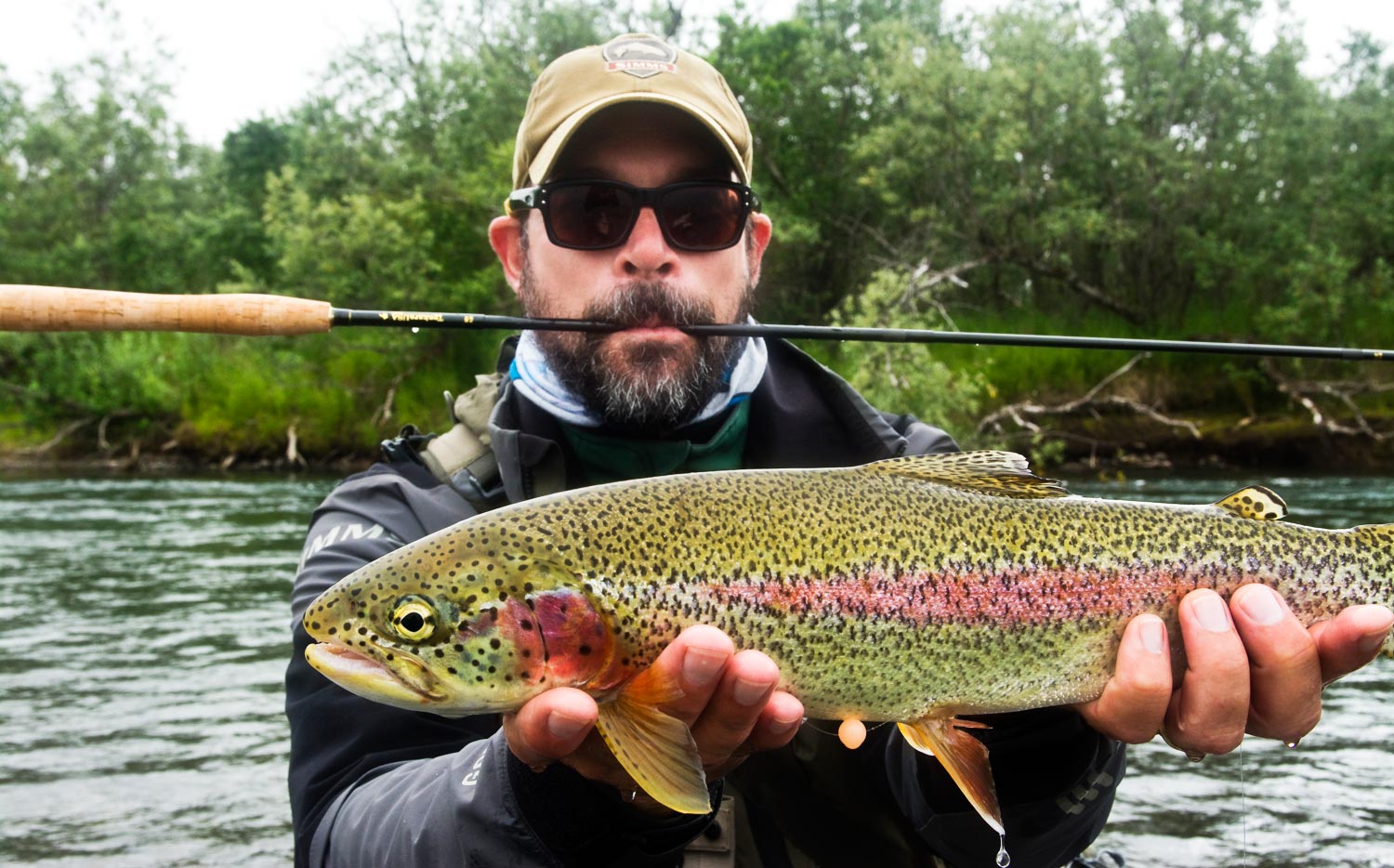
When I got my first tenkara, I couldn’t wait to break it.
The prevailing idea seemed, and still seams to be, that tenkara rods are for catching small fish. I took that as a challenge. I met Daniel Galhardo of Tenkara USA for a beer and told him I was going to Alaska to chase big rainbows and I wanted to take a tenkara rod.
“What kind of rod are you thinking?” He asked me.
“The smallest one you make.”
That’s how my Rhodo and I ended up going to Alaska. My buddy Aleks took a tenkara rod, too. A Sato, and we discovered that, not only can you catch big fish on tenkara rods, but it’s a hell of a lot of fun. By the second day everyone in camp was asking to try the rods, guides included.
I’m no tenkara master, but I’ve fought my share of big fish. Nothing I’m about to tell you is wisdom passed down through the generations. It’s mostly stuff I figured out myself in the heat of the moment. Some of it’s just good fish fighting with any rod but some of it is very, very different. I’ll tell you this. With what I’ve learned in last year I no longer think about breaking that little rod.
I should say from the very start that hooking your first 20-inch Alaska rainbow on a tenkara rod is an “Oh-shit moment” on par with hooking your first tarpon. That first big fish is worth the price of the rod. Just to experience the feeling of instinctively reaching for your reel and finding it AWOL. If you are not the kind of person who adapts well to change, this is a good time to learn!
Tactics for fighting big fish on tenkara rods
Read More »Bonefish VS Redfish
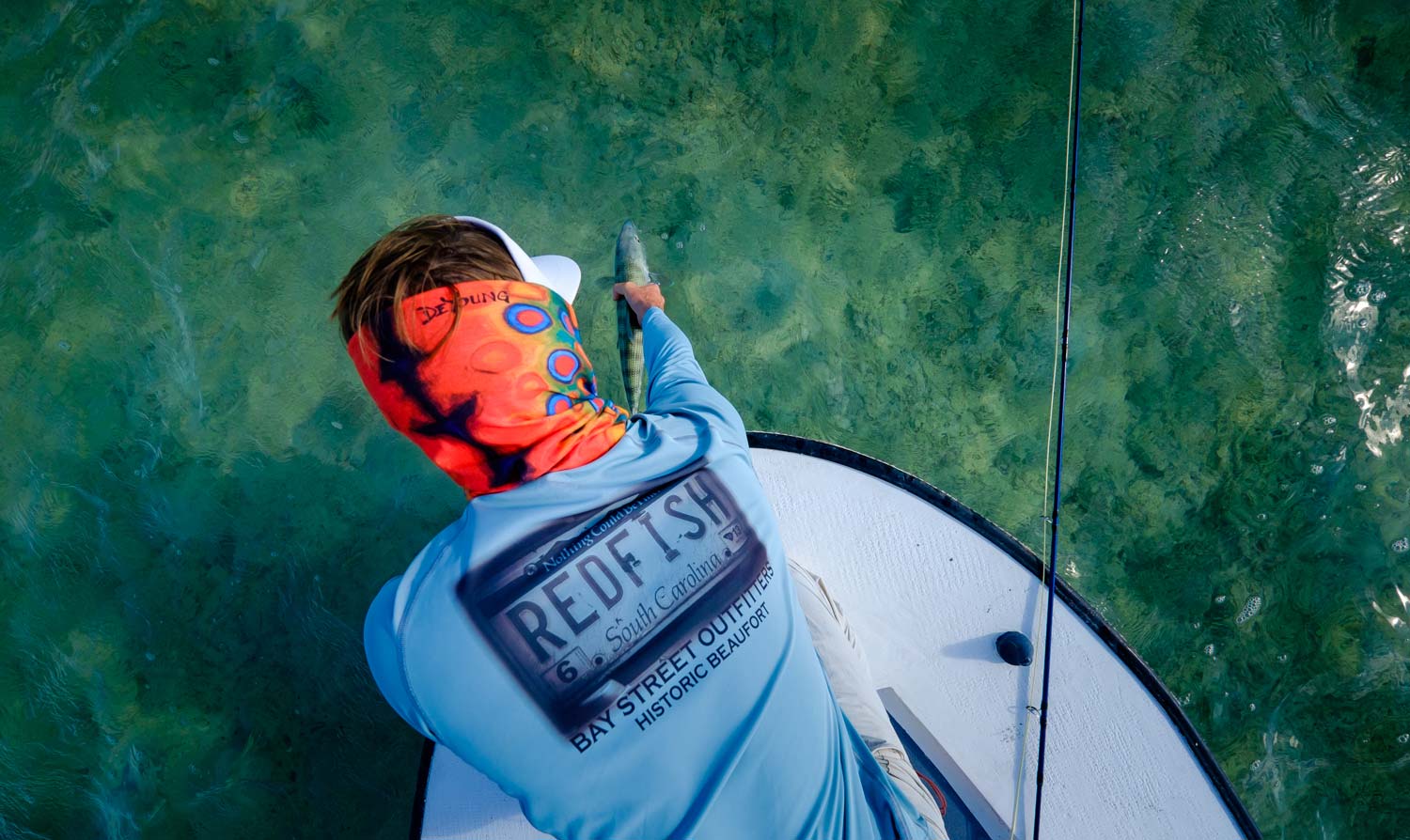
By Owen Plair
Over 12 years of working in a fly shop and 10 years of guiding for Redfish I have heard the comparison of Redfish and Bonefish more than any species out there.
They are so similar in many ways but also very different. You can target redfish on the coast of the Atlantic Ocean from Massachusetts to Florida and the Gulf Coast from Florida to northern Mexico. That is ton of area for Redfish to live and thousands of miles of flats which is why its such a favorite target species for fly anglers in the United States. Bonefish on the other hand are not as abundant in the U.S., because they inhabit warm tropical waters and can only be found in South Florida and Hawaii. There are a few myths of Bonefish going a little father north at times but not targeted. Bonefish can also be found around the world in countless other countries that have tropical waters, from the Bahamas all the way to the Seychelles, unlike the Redfish, which are only found in the US. I would say that bonefishing has a more exotic feel because in most cases you have to travel pretty far to fish for them. Redfish, on the other hand, can be caught in multiple states through out the year, in different weather patterns and completely different ecosystems. They are both amazing fish to target with a fly and offer great opportunities for sight fishing.
I fished for bonefish a few times down in Biscayne Bay and Islamorada, FL with my friend Capt. Honson Lau. Taking a break from Tarpon, I was fortunate enough to hook one nice fish, which broke off before we could land it.
I’ve been catching redfish since I was a 3 year old kid and have been a full time guide for Redfish in Beaufort, SC since 2009. I always had the urge to catch bonefish but just never found myself able to go on a destination trip for them. I always felt like it was so similar to Redfish, which I had spent countless hours targeting. Finally, the right opportunity came and I was on a plane down to South Andros to join Louis on his South Andros Bonefish School back in November 2016.
Man, what an incredible trip learning about bonefish. After 6 days of fishing the flats of South Andros I was very lucky to experience some amazing fishing. Everything from schools of fish, tailing fish, mudding fish, big singles coming in from the ocean, deep water schools, and fish weaving through the mangroves. I lost count of fish that week but did not lose count of all the memories and techniques learning through experience even after a few too many Kaliks. One thing I realized after years of Redfishing was that targeting the two species was
Read More »Sunday Classic / Landlocked Stripers on the Fly
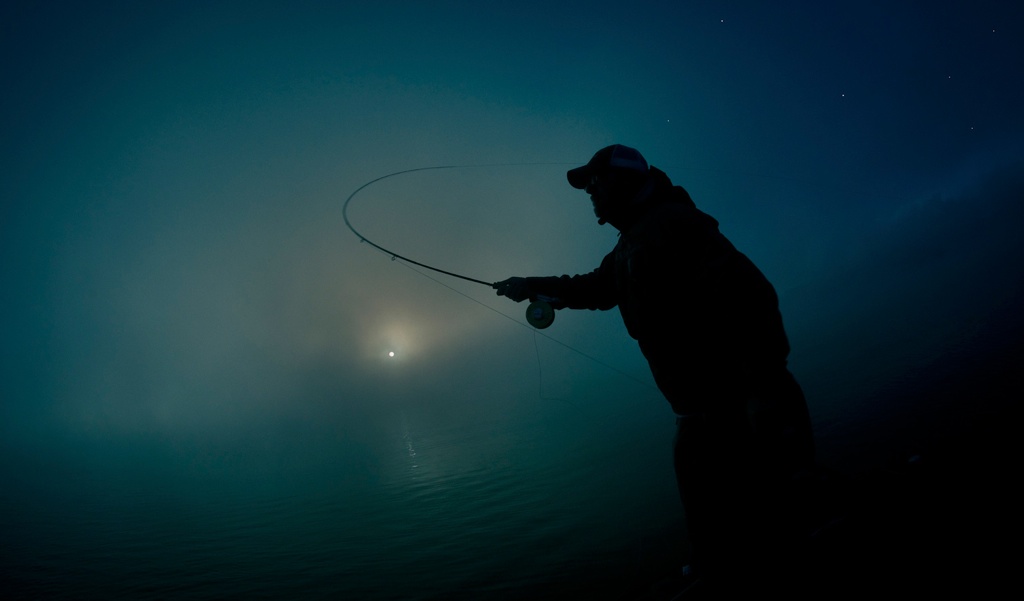
IT’S THAT TIME OF YEAR AGAIN!
Time for me to get excited about layering up and getting on one of my local reservoirs for some landlocked stripers on the fly. The fall and winter months are great times for both numbers and big fish if you’re willing to battle the cold. Dropping water temperatures get baitfish schooling up and very active, and you’ll find schools of hybrid bass and striped bass following their every move. It sounds easy right? Tell me that again when the alarm clock is ringing at 4:00am and it’s twenty degrees outside.
For best results you’re going to want to get on the lake early, well before sunrise. You will find your best opportunity for breaking fish is the first three or four hours of the day. Once the sun gets high on the horizon the baitfish and the striped bass usually go deep. Even with full sinking lines you’ll find it hard to effectively present your fly in the strike zone when fish are deep. Long points close to deep water or flats and humps surrounded by deep water are hotspots for stripers and hybrid bass driving and abusing baitfish. Sometimes stripers will
Read More »Saturday Shoutout / Hook Shots Esox
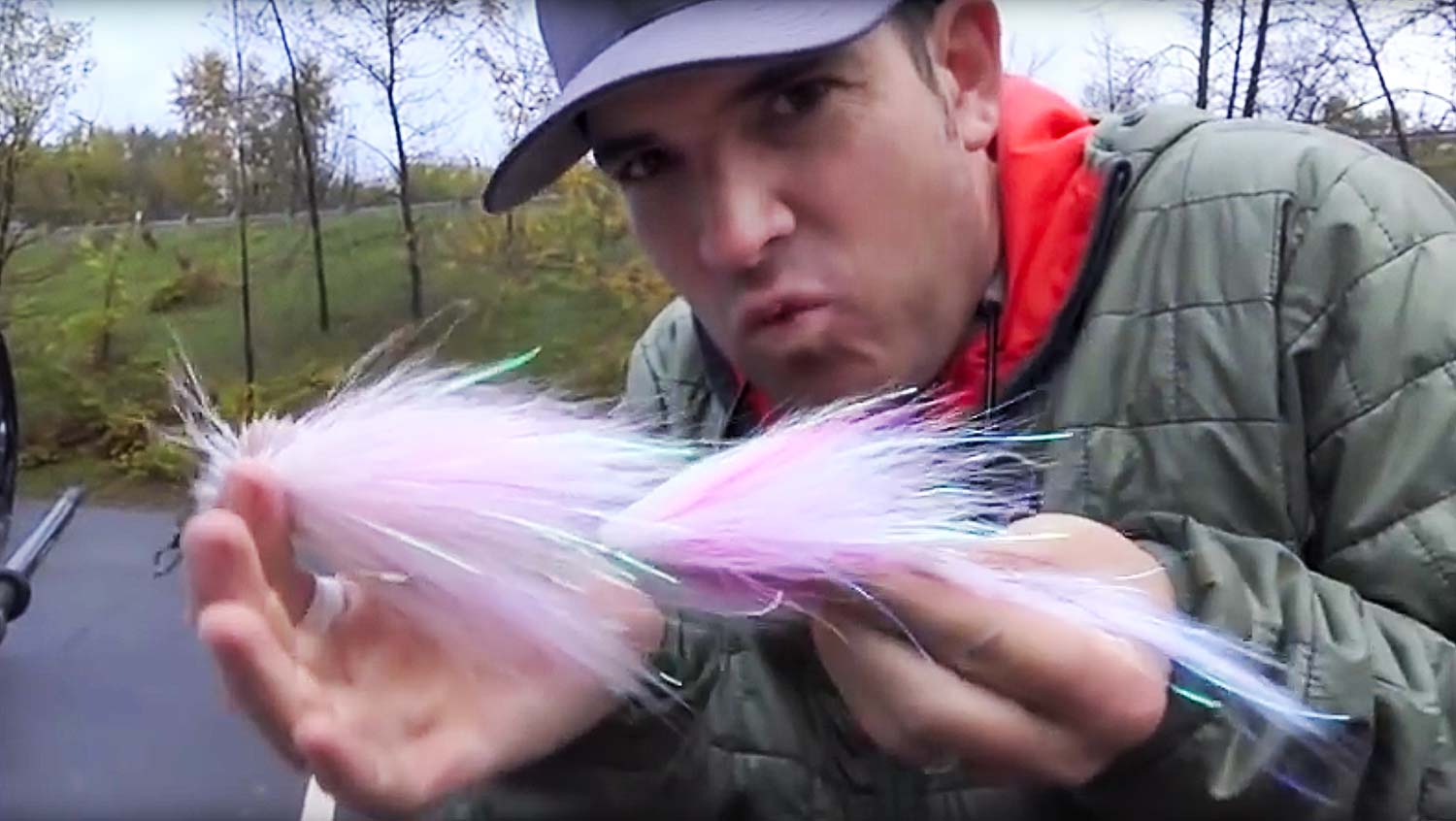
Time to chase some musky, pike and chain pickerel.
I was just telling a friend what a cool guy Joe Cermele is and, wouldn’t you know, he pops up on my YouTube feed. That’s just too much coincidence to ignore. I had to share some Hook Shots Videos.
If you don’t know the Hook Shots series from Field and Stream, you’re in for a treat. Joe and Eric, and their many guests, do a great job of producing fun and authentic fishing videos for both fly and gear anglers. I especially enjoy their esox videos. Musky, pike and the much maligned chain pickerel. Nobody does it better.
HERE ARE A FEW EXTRA TOOTHY HOOK SHOTS!
Read More »